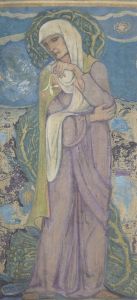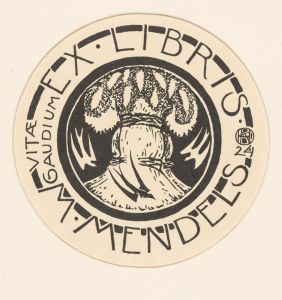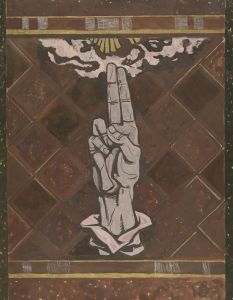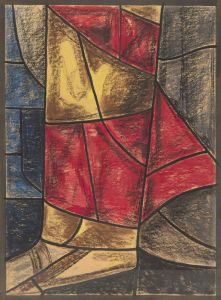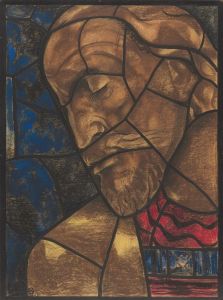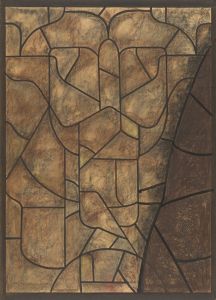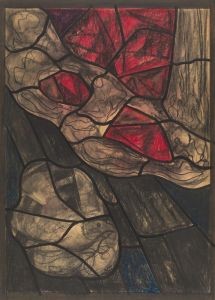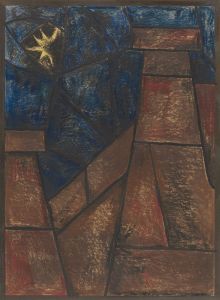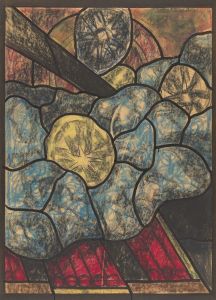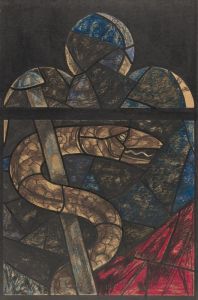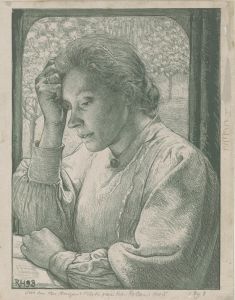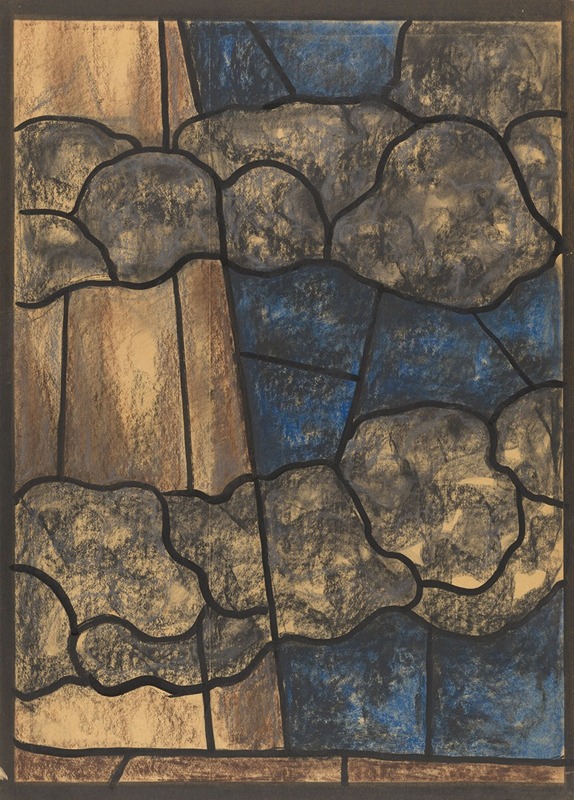
Ontwerp voor raam in het Noordertransept in de Dom te Utrecht 37
A hand-painted replica of Richard Nicolaüs Roland Holst’s masterpiece Ontwerp voor raam in het Noordertransept in de Dom te Utrecht 37, meticulously crafted by professional artists to capture the true essence of the original. Each piece is created with museum-quality canvas and rare mineral pigments, carefully painted by experienced artists with delicate brushstrokes and rich, layered colors to perfectly recreate the texture of the original artwork. Unlike machine-printed reproductions, this hand-painted version brings the painting to life, infused with the artist’s emotions and skill in every stroke. Whether for personal collection or home decoration, it instantly elevates the artistic atmosphere of any space.
Richard Nicolaüs Roland Holst was a prominent Dutch artist known for his contributions to the fields of painting, design, and illustration. Born on December 4, 1868, in Amsterdam, he became an influential figure in the Dutch art scene during the late 19th and early 20th centuries. Holst's work is often associated with the Dutch Art Nouveau movement, and he was known for his distinctive style that combined elements of symbolism and decorative art.
One of Holst's notable works is "Ontwerp voor raam in het Noordertransept in de Dom te Utrecht 37," which translates to "Design for a Window in the North Transept in the Dom Church in Utrecht 37." This work is a design for a stained glass window intended for the Dom Church, also known as St. Martin's Cathedral, in Utrecht, Netherlands. The Dom Church is a historic Gothic-style cathedral that has been a significant religious and cultural landmark in Utrecht for centuries.
Holst's design for the stained glass window reflects his mastery of integrating art with architecture, a hallmark of his career. His approach to stained glass was characterized by a harmonious blend of color, form, and symbolism, which was intended to complement the architectural features of the cathedral. The design would have been part of a larger effort to enhance the aesthetic and spiritual atmosphere of the church through the use of stained glass, which has been a traditional medium for storytelling and religious expression in ecclesiastical settings.
Throughout his career, Richard Roland Holst was deeply influenced by the Arts and Crafts movement, which emphasized the importance of craftsmanship and the integration of art into everyday life. This influence is evident in his stained glass designs, where he sought to create works that were not only visually striking but also meaningful and reflective of the spiritual themes of the spaces they inhabited.
In addition to his work in stained glass, Holst was also a respected painter and illustrator. He was involved in various artistic and cultural organizations in the Netherlands and played a significant role in promoting the arts during his lifetime. His contributions to the field of design extended beyond stained glass, as he also worked on book illustrations, murals, and other decorative arts.
Holst's legacy is preserved in the many works he created, as well as in his influence on subsequent generations of artists and designers. His designs for stained glass windows, such as the one intended for the Dom Church in Utrecht, continue to be appreciated for their artistic and historical significance. Richard Nicolaüs Roland Holst passed away on December 31, 1938, leaving behind a rich body of work that continues to inspire and captivate audiences.
While specific details about the execution and current status of the "Ontwerp voor raam in het Noordertransept in de Dom te Utrecht 37" are not extensively documented, Holst's impact on the field of stained glass design and his contributions to Dutch art remain well-regarded. His work exemplifies the integration of artistic vision with architectural and spiritual contexts, a testament to his skill and creativity as an artist.






